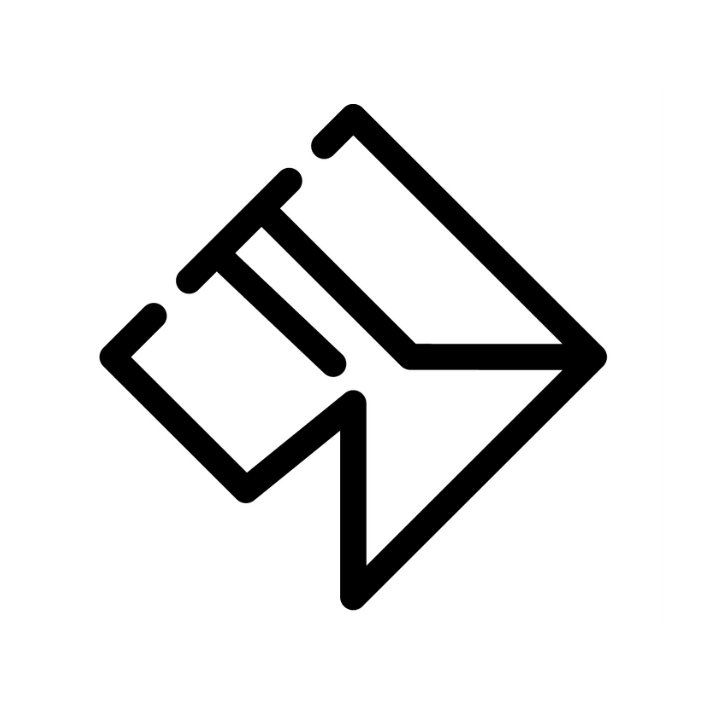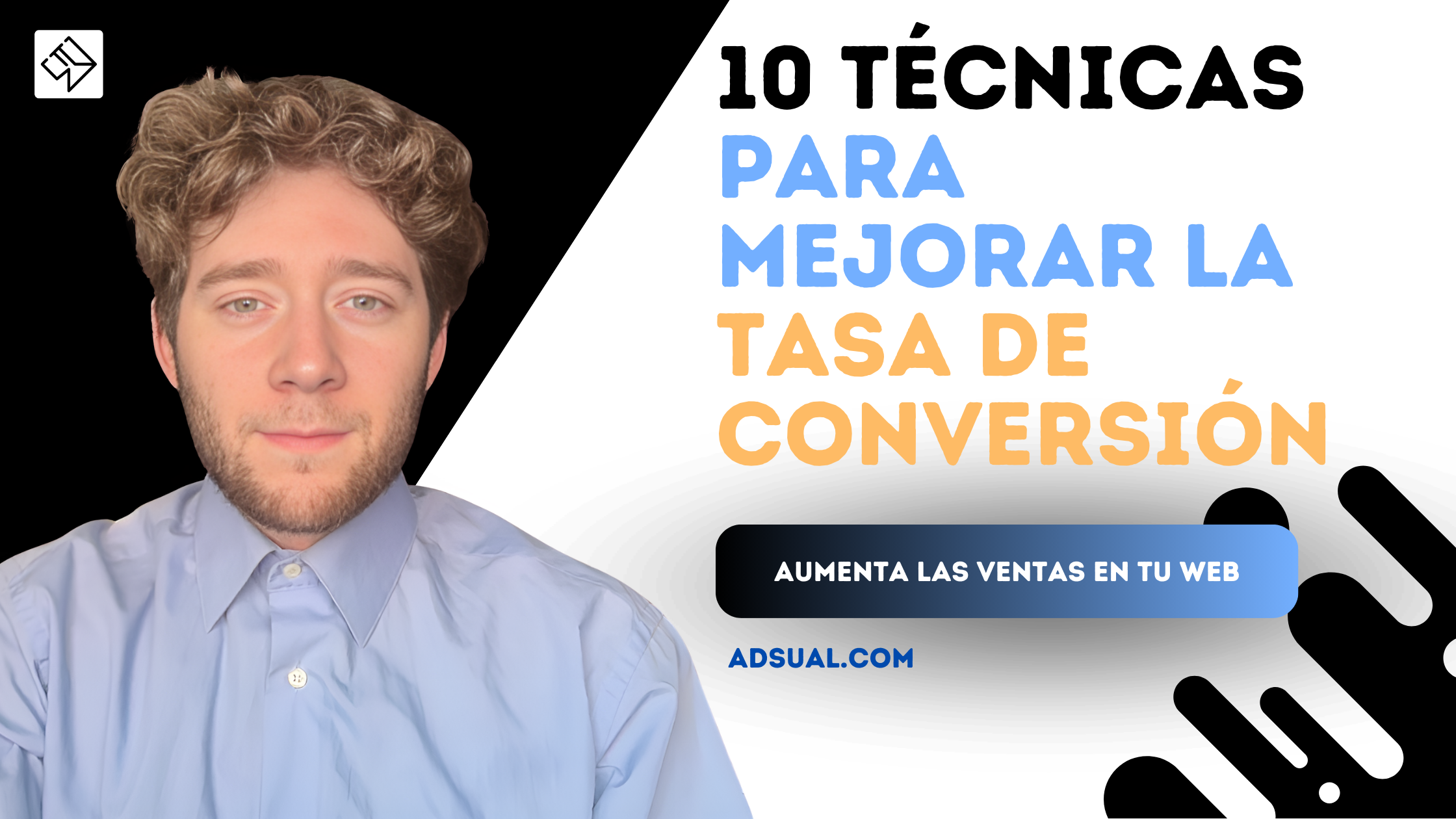What is conversion rate? Guide to 10 techniques
4 min of reading
Index:
1º What is the conversion rate?
2nd Importance of the conversion rate
3º 10 effective techniques to improve conversion rate
In the last decade, digital marketing has significantly revolutionized the way companies interact with their customers and measure the success of their efforts. One of the key indicators of the success of a digital marketing strategy is the conversion rate.
To be very precise, conversion rate is one of the most important parameters to measure in a digital marketing strategy. The basis of business in a marketing strategy is based on understanding what the conversion rate is, how it is calculated and of course how to improve it.
In this blog we will explain in detail what conversion rate is, and we will also detail 10 techniques to improve it and maximize the performance of your digital marketing campaigns.
What is conversion rate?
Conversion rate is a key performance indicator KPI.
In the case of conversion rate, we are talking about a KPI that measures the percentage of users who perform a desired action on your website or application, compared to the total number of visitors or users. This action can vary depending on your business objectives, and can include different types of actions:
- Make a purchase
- Fill out a form
- Subscribe to a newsletter
- Register for a free trial
- Download an ebook
- Click on a specific link
In short, conversion rate is a measure of how many visitors take the action you expect them to take. It is calculated using the following basic formula:
conversion rate (%) = (Number of conversions / Total number of visitors) x 100
For example, if 1000 people visit your website, and 50 make a purchase, the conversion rate would be 5%. This percentage gives you a clear idea of how effective your marketing and web design strategies are in converting visitors into customers or leads.
Importance of conversion rate
Conversion rate is one of the most critical indicators for the success of any digital strategy. Here are some key reasons why conversion rate is so important:
Return on Investment (ROI) optimization: Improving your conversion rate means you get more results without having to significantly increase your marketing efforts or investment. You can do more with less, improving ROI.
Reduced Cost of Customer Acquisition (CAC): By increasing conversions, you reduce the average cost of customer acquisition. This means that you don't need to attract more people to your website if you can convert more of the ones you already have.
Better User Experience (UX): A high conversion rate often reflects that your website or application is easy to use and optimized to guide users to the desired action.
4. Competitiveness: A high conversion rate can be a significant competitive advantage. In saturated markets, where attracting traffic can be costly, converting a higher percentage of this traffic into customers is key to staying ahead of the competition.
10 effective techniques to improve conversion rates
Now that we understand what conversion rate is and why it is crucial, it's time to explore 10 techniques you can implement to improve conversion rate. Each of these strategies focuses on optimizing the user experience and increasing the chances that they will take the desired action.
1. Website speed optimization
The loading speed of a website is one of the most critical factors for conversion rate. Today's users expect sites to load quickly, and if they don't, they are likely to abandon before completing any action. According to studies, a delay of as little as one second in load time can reduce conversions by as much as 7%.
To improve the speed of your website, optimize images, minimize the use of scripts, and reduce redirects. Use tools such as Google PageSpeed Insights to identify speed problems and offer solutions.
Improve the design and user experience (UX).
Your web design should be as optimized as possible so that users can perform actions in the most accessible way possible. A confusing or overloaded design can discourage users. You should opt for a clean and logical design to guide visitors to the desired action.
To improve the UX, simplify navigation, use clear calls to action (CTAs), and make sure the conversion process, such as the checkout process, is as simple as possible.
The design of your website and the overall user experience are crucial to conversions. A confusing or overloaded design can discourage users, while a clean and logical design guides visitors to the desired action.
3. A/B Testing
A/B testing is a very important technique for conversion rate optimization. It consists of comparing two versions of a website or specific element to see which one performs better in terms of conversion. You can test different titles, images, etc.
Tools such as Google Optimize, Optimizely or VWO can help you perform A/B tests. It is important to test only one change at a time, to clearly identify what is improving conversion.
4. Content Customization
Content personalization allows you to offer more relevant experiences to your users. When visitors feel that content is personalized to their interests or behaviors, they are more likely to convert.
To facilitate personalization you can use data, such as browsing history, geographic location or previous behaviors on the website to personalize content. There are marketing personalization platforms, such as HubSpot or Marketo.
5. Optimization of the conversion process
One of the biggest obstacles to conversions is a checkout or conversion process that does not make it easy for the user to complete the checkout process. If the process is long, requires too much information, or is confusing, users will abandon before completing the action.
Simplify the checkout process by reducing the number of fields in the forms or offering multiple payment options. In addition, you can implement one-click payment options or the use of persistent shopping carts to make a big difference.
6. Mobile Usability
With the increasing prevalence of mobile devices, it is vital that your site is optimized for mobile. A poor mobile experience can result in low conversions, as users will abandon if they can't navigate or complete actions easily on their phones or tablets.
Make sure that your site is responsive, that the buttons are easy to touch and that the content is readable without the need to zoom in. It is also important that the conversion process is just as easy on mobile devices.
7. Incorporation of Social Evidence and Testimonials
Generating authority is one of the most powerful persuasion techniques available. Social proof is a great motivator for conversion. Testimonials, product reviews and success stories build trust with users and help them make buying decisions.
To use social proof, display customer testimonials, product ratings and success stories on your website. Tools like Trustpilot can help you manage and display reviews effectively.
8. Optimize calls to action (CTA).
Calls to action (CTAs) are the buttons or links that guide users to conversion. A poorly designed or poorly placed CTA can drastically reduce conversions, while an optimized one can significantly boost them.
To improve CTAs, use clear and direct language, making sure the CTAs are attractive and stand out on the page. Experiment with different colors, sizes and text to see what works best.
9. Remarketing
Remarketing is a technique that allows you to re-engage users who have visited your website but have not converted. Through targeted ads, you can remind them to complete the desired action.
Set up remarketing campaigns with platforms such as Google Ads, or Meta Ads, to show ads to users who have already interacted with your website. These ads can remind them of products or services they have abandoned in the cart, to motivate them to return and complete an action.
10. Confidence tests (security and certificates)
In an online environment, trust is key. Users are increasingly cautious about the security of their data and need to feel that they can trust your website before converting.
To build trust, making sure your website has an SSL certificate is key. They can also include trust seals from recognized providers, such as Norton or McAfee, and offer clear and transparent policies.
Conclusion
Conversion rate is a fundamental indicator of digital marketing success. Improving conversion rate should be a priority for any online business. Implementing the techniques mentioned above will help optimize every aspect of the user experience, guiding more visitors to the desired action. The key is continuous experimentation and optimization, because what works today, doesn't have to work tomorrow.
If you want to improve the conversion rate in your digital marketing strategy and you don't know how, or you have doubts about it, contact us. Our growth marketing strategies will help you improve the conversion rate, using the minimum possible resources.
Do you need help getting clients?
Book a video call where we will answer your questions and help you , free of charge, to plan the strategy that will most benefit your company.
>>Clic aquí para una videollamada de asesoramiento gratuita<<




